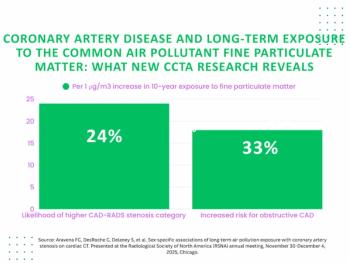
Fed advisors review ‘meaningful use’ recommendations for health IT
Radiologists who use imaging-related electronic record-keeping could qualify for some of the $19 billion in economic recovery money set aside for electronic health record conversion if they meet the federal government’s definition of “meaningful use” for their records.
Radiologists who use imaging-related electronic record-keeping could qualify for some of the $19 billion in economic recovery money set aside for electronic health record conversion if they meet the federal government's definition of "meaningful use" for their records.
A federal advisory committee to the U.S. Department of Health and Human Services took a first stab June 16 at defining meaningful use as it pertains to EHRs.
"Today we outlined a vision for where we are heading with the concept of meaningful use," said David Blumenthal, chair of the HHS Health Information Technology Policy Committee. "That vision calls for the exchange of information on a wide range of items."
The HIT Policy Committee focused on recommendations from its Meaningful Use Workgroup. A general guide appearing in the preamble of its work noted that meaningful use should ultimately be linked to achieving measurable outcomes in patient engagement, care coordination, and population health.
A meaningful use matrix included several specifics that apply to medical imaging. One is an objective for 2011 governing the exchange of test results among care providers. A second 2011 goal involves a measure calling for reporting of the percentages of patients aged 50 and older who receive annual colorectal cancer screenings and of women over the same age who get annual mammograms. A metric potentially to be applied in 2013 calls for the measurement of inappropriate imaging procedures, such as the use of MRI for acute low back pain.
Agreement on a final definition is months away. Blumenthal emphasized that the committee's work is only advisory and that the Centers for Medicare and Medicaid Services, which is part of HHS, will write the final rules.
The public will have until June 26 to comment on today's
Newsletter
Stay at the forefront of radiology with the Diagnostic Imaging newsletter, delivering the latest news, clinical insights, and imaging advancements for today’s radiologists.




























